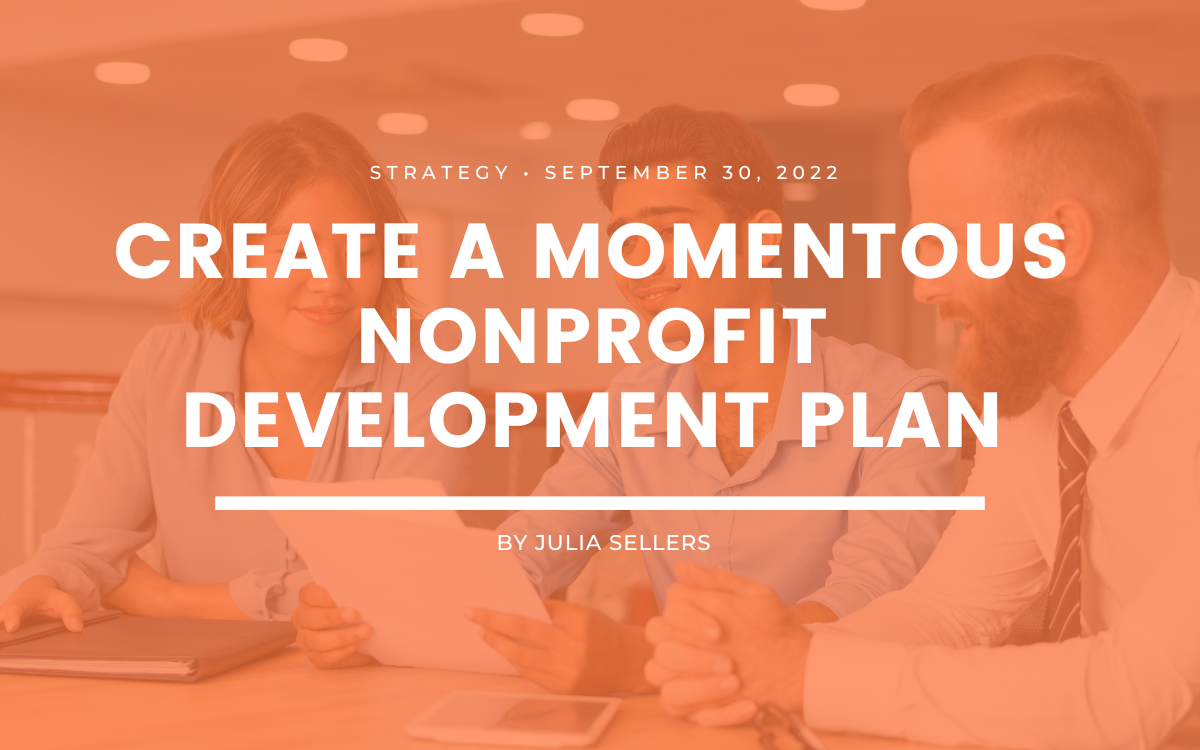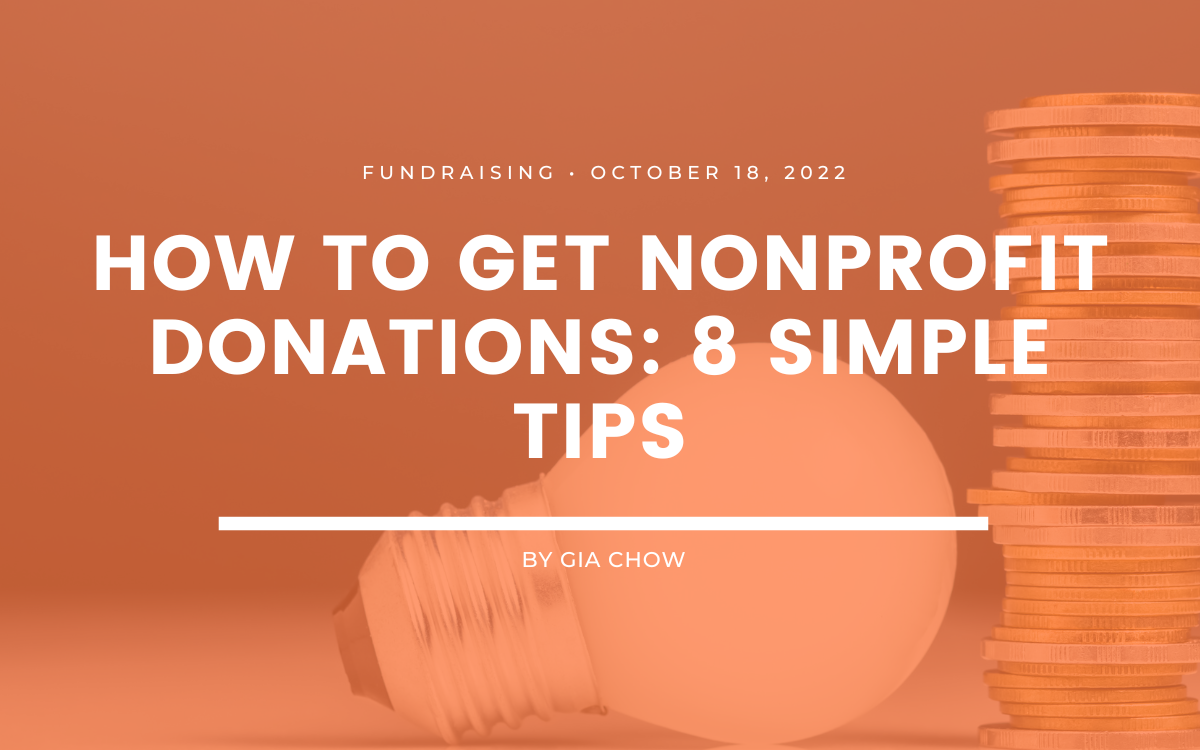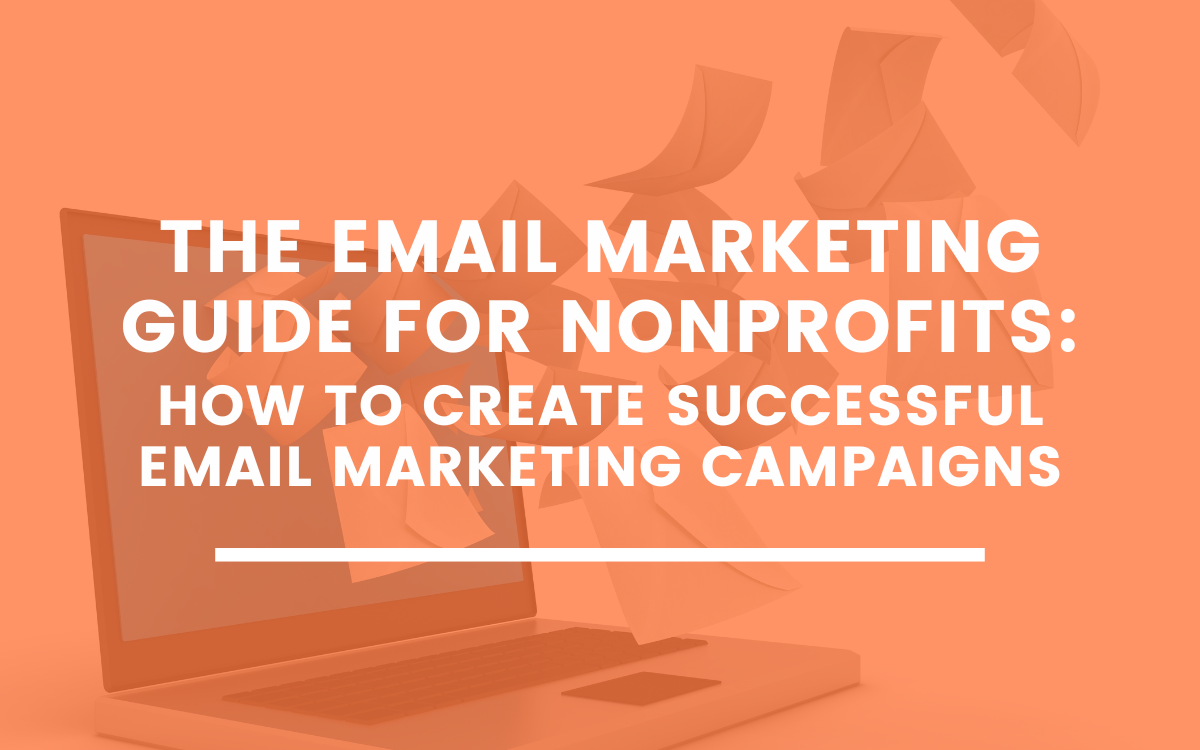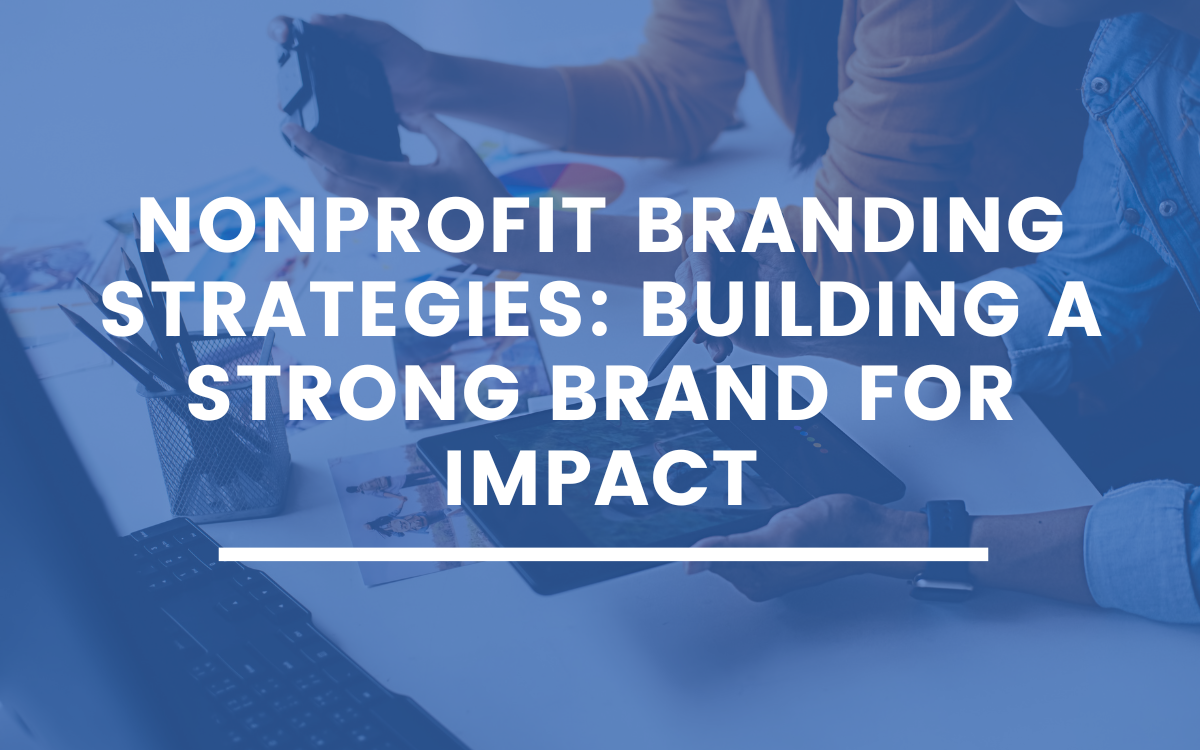Create a Momentous Nonprofit Development Plan
4.5 min to read ✭ Nonprofit development is the icing that holds the nonprofit cake together. Read how to build a development plan that makes sense for you!
What is nonprofit development?
Nonprofit development can be viewed as the icing that holds the nonprofit cake together. Every department and organization initiative has some form of development influencing and driving its goals. It is very important to map out that development and create a clear structure to what your nonprofit development will look like!
Nonprofit Development Versus Fundraising
Nonprofit development takes your organization’s mission and puts it into action by ensuring that programs and initiatives receive donor attention from donors who align with those goals. It also takes non-mission endeavors like marketing and ensures that some funders and donors will invest in the organization’s overhead with non-designated funds.
Nonprofit development differs from fundraising because development officials build long-term relationships with supporters of your mission. The connection is more than about a hard ask for money.
Nonprofit development officers fall into multi-hyphenate roles. They’re tasked with advancing the organization’s mission just as much as they are tasked with making sure initiatives match donor intentions. They may work with a philanthropic foundation, a corporate sponsor, or an in-kind donor that may have a nontraditional give.
How to Create a Nonprofit Development Plan
Nonprofit development plans require multiple vital stakeholders from your organization and the board of directors. Without a consensus on oversight and feedback from these stakeholders, development officers may lack clear guidelines on what programs get top billing when speaking with potential sponsors and donors. Development officers must also understand how supporting the organization’s overhead is critical to achieving mission goals.
Define Goals
Everything always begins with defining goals, especially for year-end. Below are a few questions that can get you started with clearly defining your individualized development goals.
- What are your long-term goals?
- What short-term goals can be implemented within the calendar year to build into those long-term goals?
- Evaluate the previous year’s goals, development, and fundraising.
- What events were held?
- What campaigns were conducted?
- What were the outcomes of each?
- How much money and person-hours went into developing these events?
- How much money and recruitment were gleaned from the event’s successes or failures?
- Where can your organization improve in the next year? What event or campaign would align with that goal?
Evaluate and Define Goals With This Template
Decide on Which Channels You Will Use
After looking at the events held, discuss the events you’d like to have. While creating a fundraising calendar, discuss ways this message can be shared, whether you’re looking to build recurring donors or bring on a corporate sponsor.
Discuss if this event or campaign could use a grant writer to find additional funding from other sources like philanthropic foundations or government resources.
Create a Fundraising Calendar
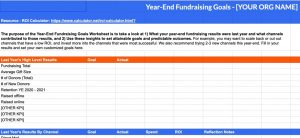
What is a plan without a map to get there?! Before starting 2023, grab a 13-month calendar and set up what events and campaigns you’d like to launch next year.
Use our year-end calendar template to map it all out instead of creating one from scratch. Year-End Marketing Plan + Calendar Template.
Plan backward from your launch dates and assign tasks that will need to be accomplished to make that campaign or event successful. Keep in mind that launches of new projects require a solid 6-8 weeks of build-up to take off well.
We recommend planning for 13 months, so your tracking and reporting for the end of 2023 is already built and in place before you head into 2024. That end goal and evaluation are front and center when anyone looks at the organization’s development goals.
Assign Clear Action Items to Development Team
Clearly define who will manage any donor or fundraising accounts. This person will be in charge of all primary contact with that entity and assign work for that account as needed.
Define secondary roles for staff supporting this primary account holder, such as development writers for annual donor reports.
Discuss how you will make your hard ask. Will this come from your executive director, who may already have a working relationship with this company or donor? Does the nonprofit development officer have a better connection to make the ask? Creating a pro/con list for each potential interaction will clarify who can best fulfill that role.
Track and Report Outcomes
Use data-driven research in quarterly and annual reports. Everyone wants to know how their funds were used in the organization. If their donation went to adding three people to program development, let them know that you could increase your capacity by x number of hours each week. If their funds went to a specific campaign, let them know how they impacted the community you serve.
Don’t forget to include outcomes from your communication channels. If nonprofit development went into building a Google Ad campaign, let them know that you leveraged the $10,000 ad grant to make their efforts go even further.
Don’t forget to share the story. All data has a story behind it. Who are the people these efforts impact? How are you able to serve your community better through these nonprofit developments? How did their buy-in with your organization’s development goals get you closer to your overall goal of eliminating blight in your service area?
Also, track and report on nonprofit development officer returns. Evaluate emails, in-person meetings, zooms, etc., to see how a campaign or program progressed. Did the ask get made in the third meeting? Was that effective? Did the executive director connect with this philanthropic leader over golf and have a personal relationship that couldn’t be duplicated in-house? Build out processes that capture that cause and effect so future nonprofit development officers can use the same tasks to gain traction the following year.
Don’t forget to share these wins with your entire organization. Everyone wants to know how the goals were accomplished and how your mission was furthered in the last year.
Read About How This Organization Won!
Setting Up Recurring Giving
It’s nice to think of big donors gifting millions of dollars toward program needs, but there is gold in your recurring donors, too.
Individual giving makes up nearly three-quarters of all charitable giving. The interaction with these donors doesn’t end when your thank-you note for that campaign goes out.
Use surveys to determine how involved your recurring donors want to get in your organization. Your staff can find out if they’re more interested in volunteering or want to be more engaged in program development. Learning about how they’d like to be involved helps segment that audience for future asks.
Suppose someone says they’re more interested in volunteer efforts. In that case, they may open doors for a corporate sponsor to sponsor employee volunteer days. This donor may also be able to get local donations for things like volunteer lunches and snacks or services for those you serve.
Those interested in program development may have an interest in taking on a pilot or beta project with exclusive funding. The worst anyone can say is, “No.” Your nonprofit won’t know until they ask.
Resources for Nonprofit Development


